How the public use social media to form and solve their own criminal investigations
How many cases are closed by police and then reopened by armature sleuths? How are these groups making a difference and solving cases that have been troubling the detectives?

There are 100’s of online groups that every day will pick up and a new case in the hopes of cracking the case. But are these groups more of a hinderance than a help?
Reclaim Headingley Stadium Alleyway
Friday 7th October 2020 students in Leeds were taking back by an Instagram story of a gang rape taking place in the alleyway next to Headingley Stadium, which connects Kirkstall Lane and St Michael’s Lane. Days later another young woman reported how she was attacked by a group there. These incidents were not the first and not the last. Both women have reported being followed by a group of men upon entering the convenient way for students.
Postgraduate student Alice recalls walking back home through the alleyway late night on October 22nd 2020. She was surrounded by a group of men who then shoved her to the ground and proceeded to remove her trousers. Despite getting away, Alice did sustain both mental and physical injuries. “Ever since the attack, I’ve been having recurring nightmares that have kept me up at night.” Her face being littered with grazers and a black eye.
After her run in Alice took to social media as an attempt to warn others of threats that surrounded the area. Her message spread quickly, and the alleyway became a cause of concern for locals. The alleyway was taped off a week prior due to investigations for a sexual assault case, however, the police failed to warn locals. Police also did not do another investigation due to the attacks being reported about on social media. This angered locals and sparked an online group to take matters into their own hands, as they believe the police have failed the community.
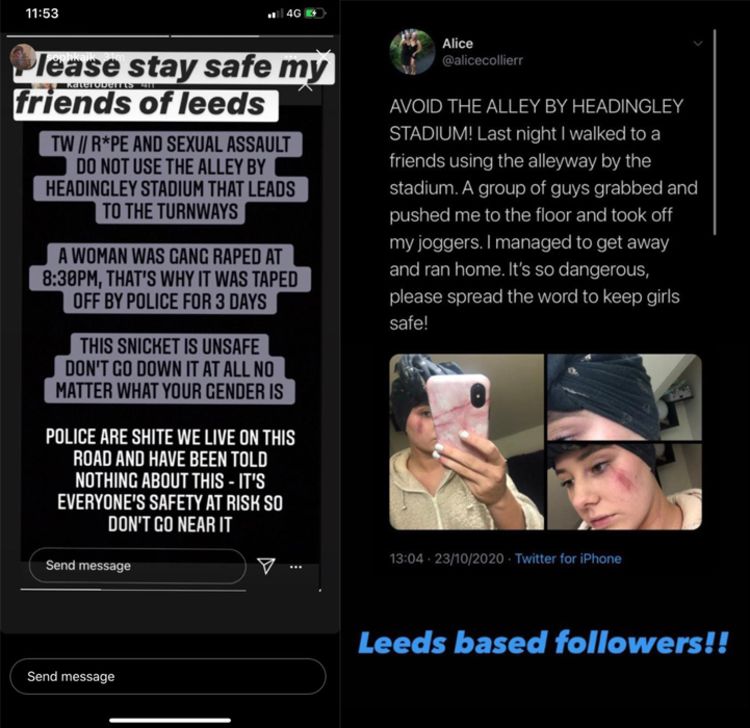
"I know the area isn’t safe, but I was trying to do a shortcut but it’s narrow, dark and really cut off. I know it can be so tempting to just cut through but it’s not worth it.”
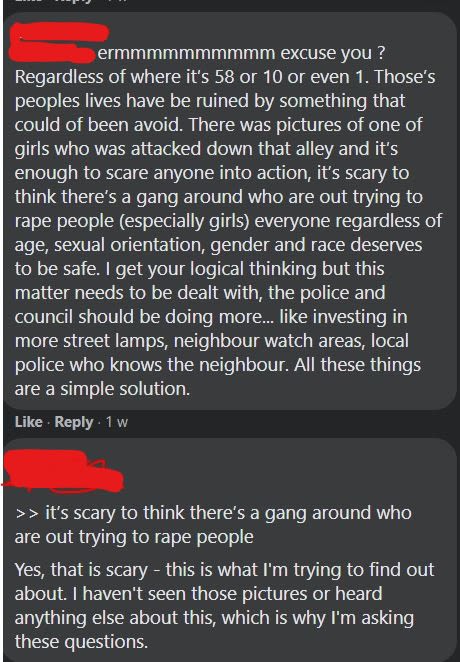
Leeds is a busy student hive, housing around 37,000 students. In 2020 there were 1158 reported cases involving violence and sexual assault, 83 of these cases had been disclosed to have happened in Headingley. A popular living destination for students.
Eve Stead a 2nd-year student at the University of Leeds use to regularly take the stadium’s alleyway to visit friends and travel to between Headingley and Burley. When asked she commented on how she did not feel safe walking down the alleyway. She mentioned how the overgrow from surrounding houses just make a person feel like they're enclosed and trapped.
While Miss Stead has not been personally attacked, she is worried for the safety of her friends and other students which regularly take the shortcut. She believes that it shouldn’t be the student’s job to try and keep people safe or to catch the perpetrator.
The police are there to protect us and we shouldn't have to take their job roll into our own hands and do it for ourselves.
Reclaim Headingley Stadium Alleyway is a local student protest group that has taken to social media to not only raise awareness of the recent attacks located down the alleyway next to Headingley’s Stadium but to also make a change since they police and the local council has failed to act and catch the offenders.
To gain attention, they held a peaceful protest in front of the stadium, the event was created and shared via their Facebook group and page. Around 50 students showed up despite the uncertain times with COVID-19 which shows that making the area safe is important to the members of this Leeds community.
Stead was one of the people that had shown up to the protest in hopes to get the attention of the council and police. “I shouldn’t have to take time out of my studying to come and get the crimes of the alleyway seen by officials.”
Rhiannon Griffith the Political and Campaigning Officer for the Leeds University Union Abuse Society and one of the founders behind RHSA, believes that the MP’s are letting them down and not taking the matter seriously. In an interview with The Yorkshire Evening Post, she stated that officials have ignored her offer for help in making the stadium safer. “They haven’t got back to us and they seem to be unlikely to collaborate with us”. Protesters urged local MPs to “demand immediate action in the wake of growing violence”.
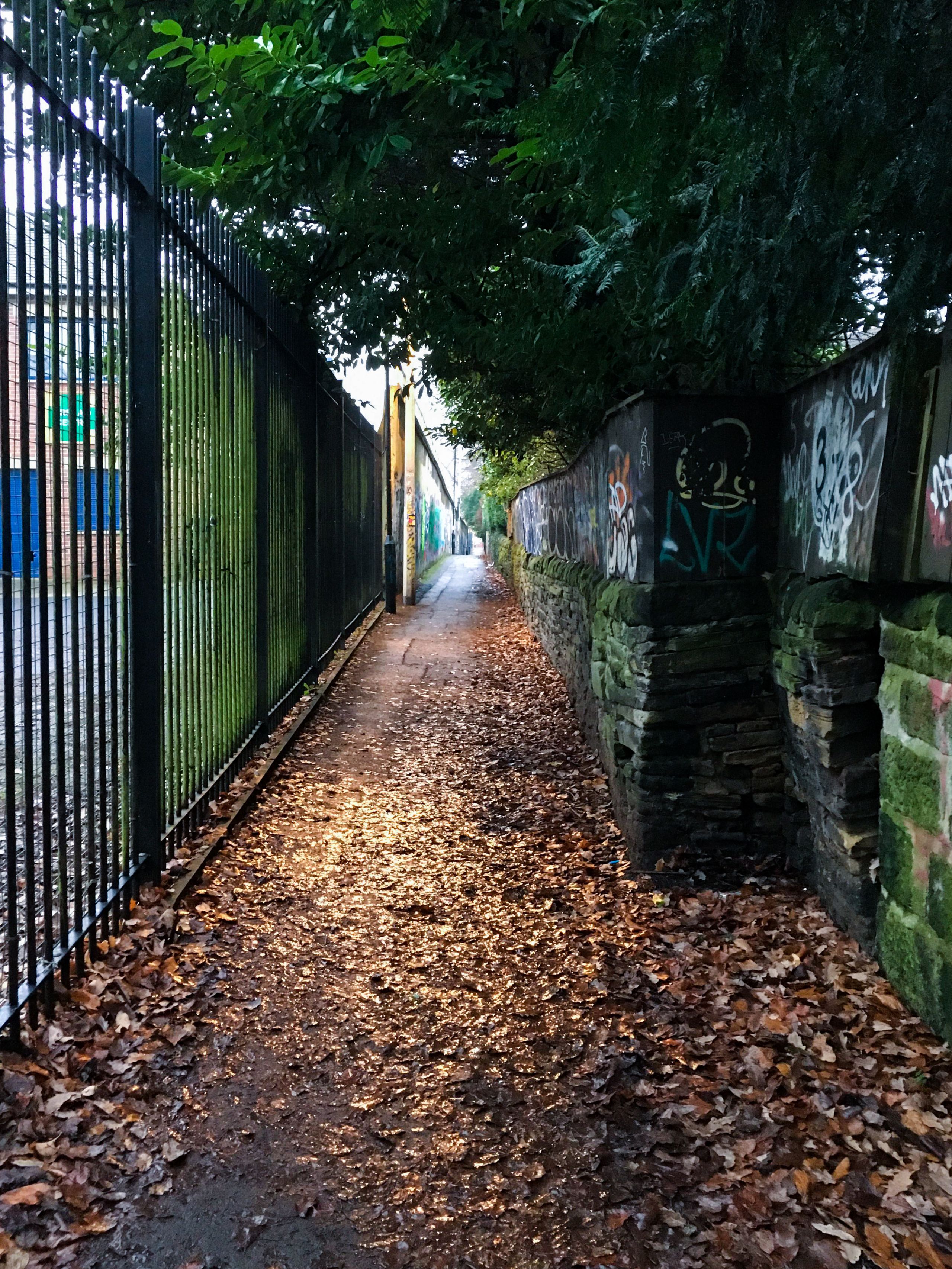
Headingley Stadium Alleyway
Headingley Stadium Alleyway
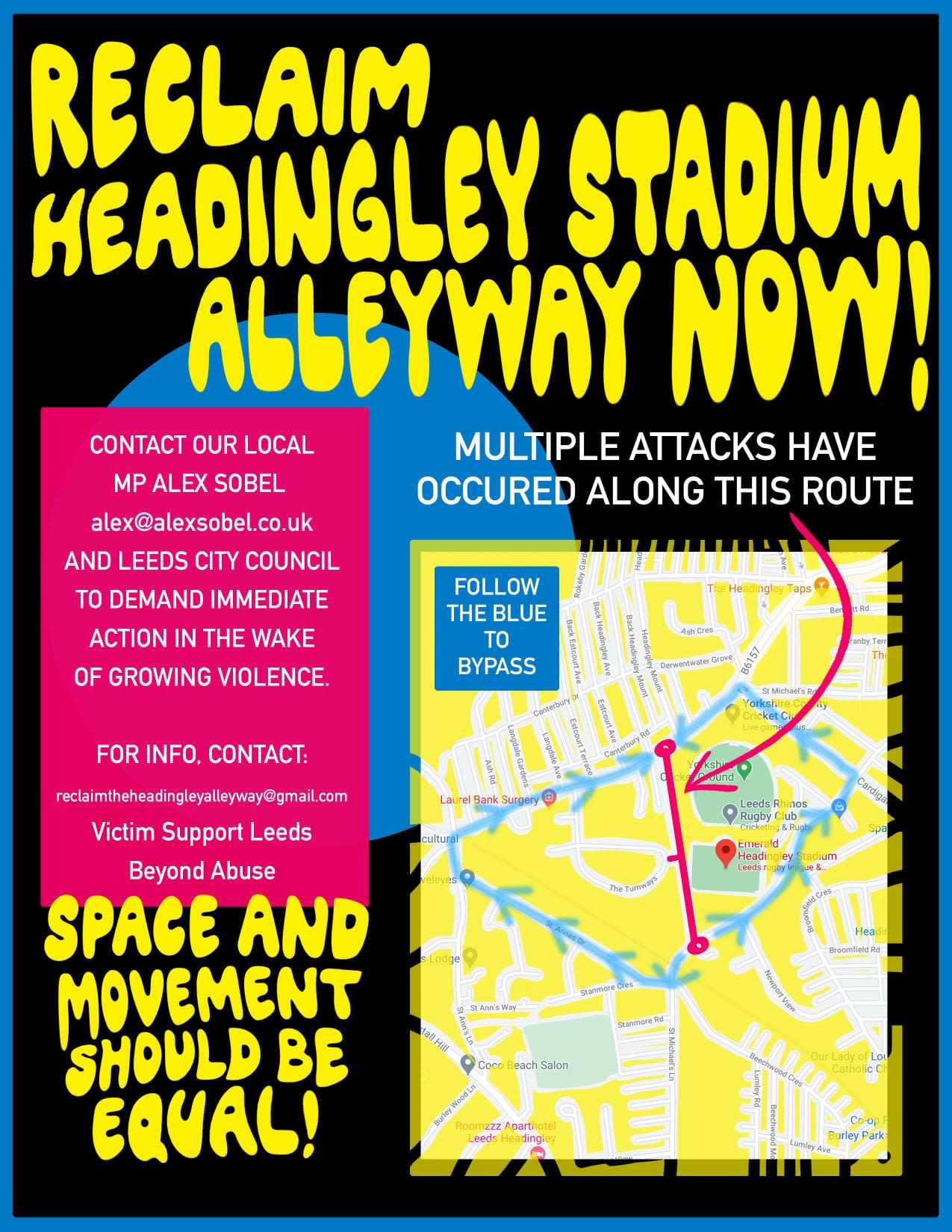
A poster taken from RHSA Facebook group
A poster taken from RHSA Facebook group
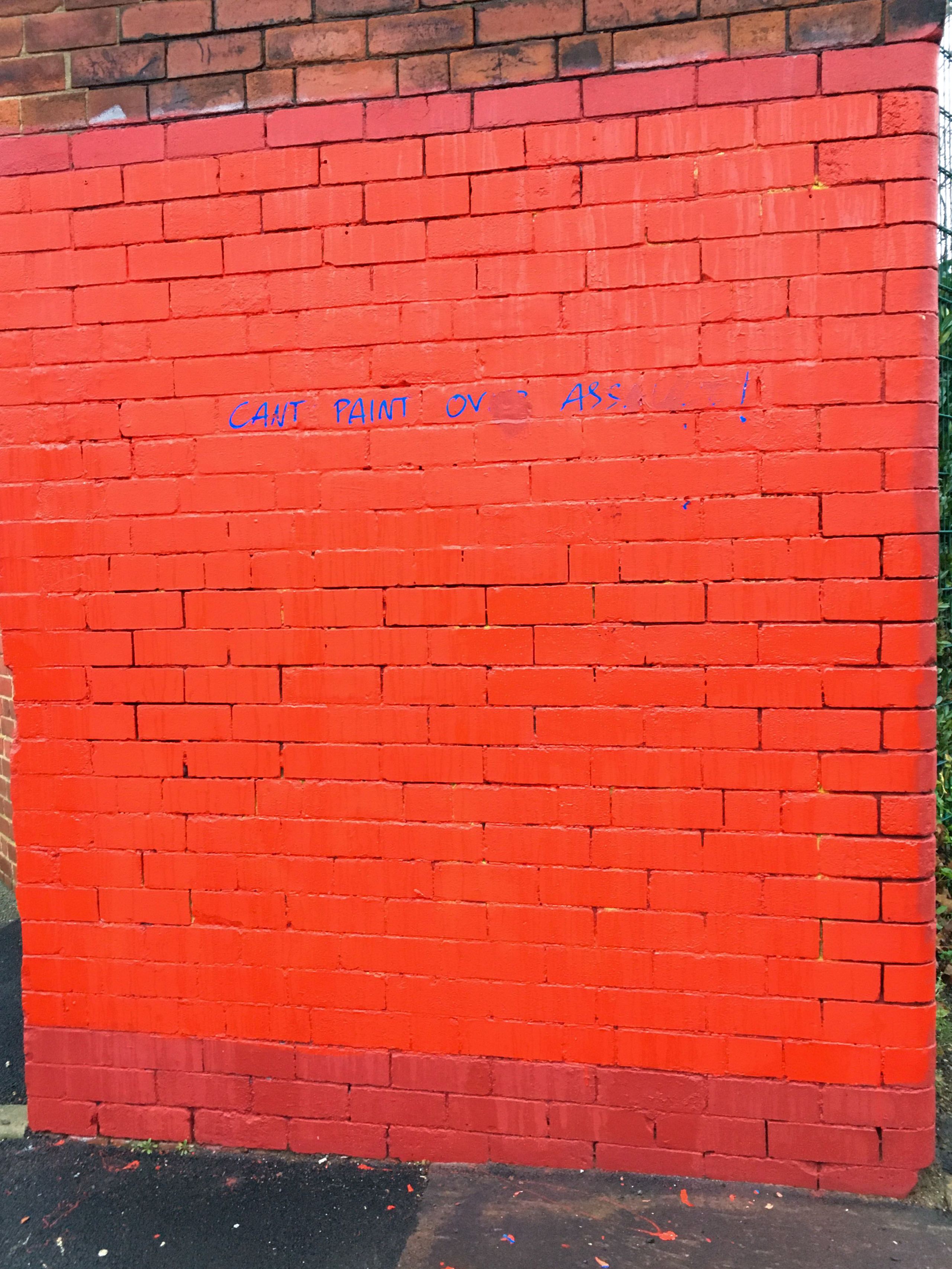
The graffiti once her has been covered up by locals (Can't paint over assault)
The graffiti once her has been covered up by locals (Can't paint over assault)
Due to the convenience and advancement of the internet, it has made it easier for crimes and information to be shared and influence others. A petition by Bethany Walsh is also directed at helping to make the area safe and once again calls out the lack of involvement by the council and police. RHSA shared this and the petition has currently just under 10,000 signatures, all agreeing that “no woman should ever feel like they are in fear whilst walking.”
Similarly, Danny Harrison owner of Fresh2Death has set up a GoFundMe page in hopes to raise enough money for long term CCTV to be installed as safety precautions. They also have placed volunteered security to patrol the alleyway as it gets dark at night. However, considering national lockdown 2 these volunteers have not been allowed to patrol, once again making the alleyway a hotspot for abuse.
Despite bringing the Leeds and online community together to tackle this problem and get justice, is it not the polices job to catch the criminals, to warn and protect the community from the dangers? Why is it that online groups have had to take the needed actions?
While Alice was lucky enough to escape, it is implied by research conducted by Crime Survey for England and Wales (CSEW) that 1 in 5 women and 1 in 25 men have experienced a form of sexual assault since turning 16 years old – with even less coming forward about the events. But just because they are not reported does not mean that the crimes never happened.
This is how the situation of Headingley Stadium has been handled, referring to the incidents as “rumours on social media” and a lack of communication with the local community of the investigation that was carried out back in late September. Griffith from RHSA responded to the comment as “insensitive” adding “This is not an isolated incident. If women can’t use the route then nobody should get to use the route until it’s safe for everyone, because all space should be equal.” With many backing her statement, arguing that if the police weren’t so cold and hid information then people would be more willing to report the crimes.
They Fear that they may not be believed
The Grateful Doe
Grateful Doe is an online community that is spread over various social media pages including Facebook, Imgur, Web sleuths, Phantasy Tour and Reddit. All with the intention of identifying a young deceased male. The pages focused on using social media to circulate a reconstructed image of the deceased in the hopes that someone would recognise the male and give him his identity back.
The name ‘Grateful Doe’ was adopted by the community due to the two Grateful Dead ticket stubs that were found in the victim’s body back in 1995. The body was found in a car crash, alongside another body, a day after a Grateful Dead’s concert on 26th June 1995, Washington DC. While the driver was named and returned to his family, there was no luck on the soon to be Grateful Doe as his injuries had left the body unrecognisable. Everyone in the community regardless of which form of media used had one common, simple mantra:
We just need to get this to be seen at the right place, and the right time, by the right eyes.
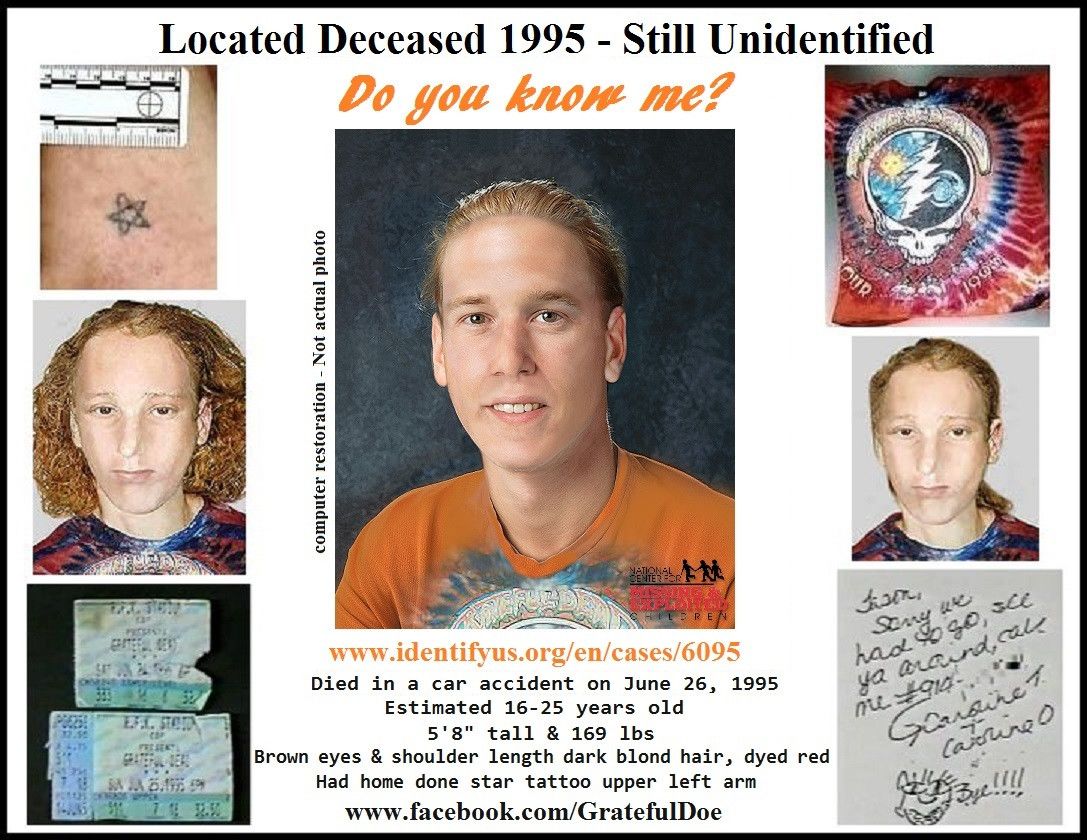
17 years later a computer reconstructed image was released of what the victim might’ve looked like based on the autopsy. This in turn created a curiosity for individuals to solve the mystery and lead to social media sites to be used as hotspots for normal people to convene. It took 2 further years on 9th December 2015, for the image circulating around the web of the ‘Grateful Doe’ to be recognised as 19-year-old Jason Callahan Myrtle Beach, South Carolina. A user on the Phantasy Tour recognised the images of Jason and this was the first solid year in 19 years.
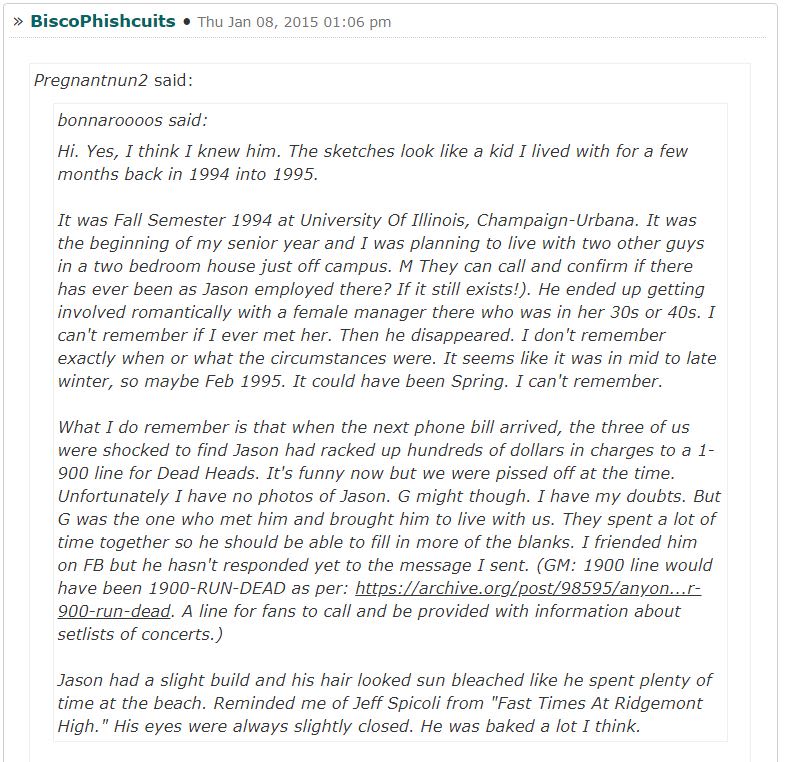
A family member had also recognised the generated image that the internet sleuths were sharing around these sites. Shannon Michelson, his half-sister, who lives in New Jersey contacted the authorities and was later tested for a DNA sample which matched.
“I’m glad it was solved, but I’m also incredibly sad because I wanted so badly to reconnect with him”
The Facebook page which was created 20th May 2012 and currently has 19,210 followers and 19,312 likes, continues to share and investigate other cases like Jason’s in the hopes to return lost identities. It is positive reactions like Jason’s family and their closure, as well as the success that groups like Grateful Doe continue to investigate in cold cases.
The police have also credited the site ‘Websleuths’ for organising a successful social media campaign that had served its purpose, to find someone who knew him. However, despite the success of solving the case, it has been criticised that having so many groups share information can cause a lack of validity in the evidence. With users of social media sites circulating false evidence, which can ultimately hinder the investigation rather than move it forwards. It has also been noted that users may have submitted names of individuals, intentionally or not. Having to weed through all the names of possible identities will take valuable time and resources, which could have been used elsewhere.
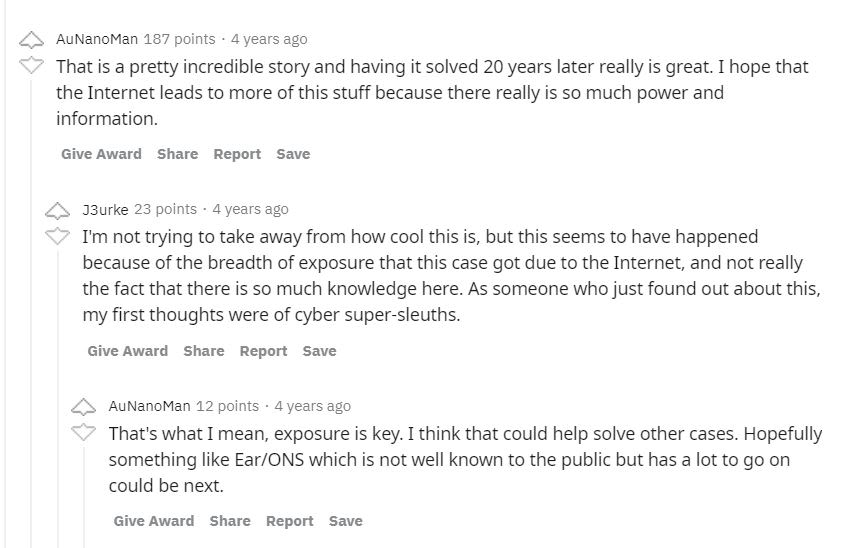
The Doe Network
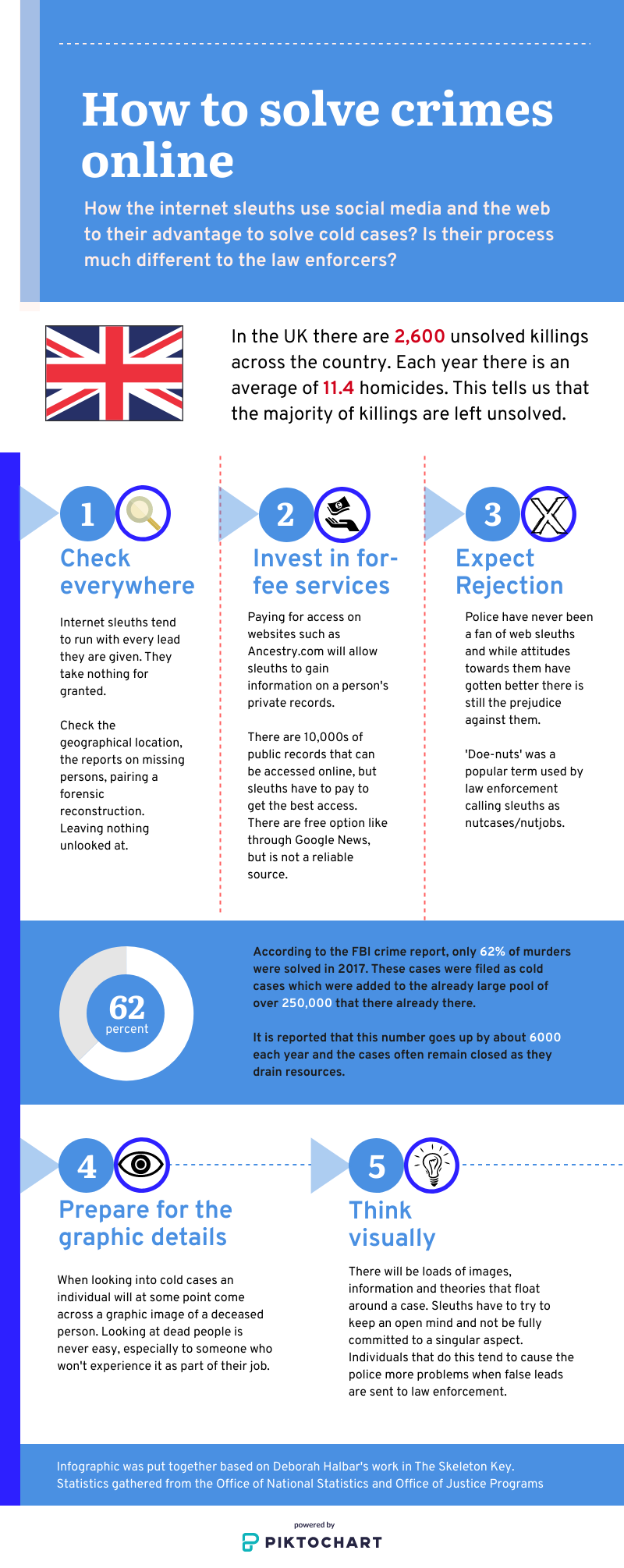
The Doe Network is an online group based in Livingston, Tennessee with over 600 volunteers that work with law enforcement. Volunteers in the group generally have no background with legal matters or law enforcement. The group focuses on cold case disappearances and unidentified decedents on their website, they also want to bring media attention to cases that they believe need the exposure.
Being founded in 1999 by Jennifer Marra, Helene Wahlstrom and Todd Matthews, The Doe Network has solved over 1200 cases during their time active, with 96 of them having been solved in 2020 (as of 17th November 2020). They are an international group solving cases from all across the globe, with the support from Missing Persons and Medical Examiners to crack a case.
Like most online groups The Doe Network has a Facebook Page created 12 years after the initial website. They also branched out to Twitter a year later, giving them a presence on two of the largest social media platforms. They currently have 24, 737 likes and 24, 958 followers which help to expand their reach and get their cases seen. The group admin posts regularly on cases that have been solved and information on ongoing cases.
This is a new age where the ordinary man can step up and make a difference. It doesn't matter your sex, age, race or physical disability.
Inspiration for the group came from Todd Matthews, who is currently the co-founder and in charge of media and public relations. He had taken an interest in diving into cold cases after his father-in-law had informed him about an unidentified body, later known as ‘Tent Girl’. A young woman who was found deceased in a field in Kentucky in 1968.

Todd Matthews: Image is taken from Matthews' profile on Find a Grave
Todd Matthews: Image is taken from Matthews' profile on Find a Grave
Taken in by the mystery, Matthews researched all he could on the case, making a website dedicated to ‘Tent Girl’. He solved the case in 1998 when he saw the words "Lexington, 1967, missing" with is giving a description of a woman called Barbara who was last seen in Kentucky 1967. Her supposed sister did a DNA test which came back as a match and the case of ’Tent Girl’ was solved.
This led to Matthews to want to continue to find the true identities if Jane and John Does and the founding of The Doe Network. Back while on the case of ‘Tent Girl’ the police support and response were completely different from the backing The Doe Network has managed to gain. In an article published in 1998, Matthews stated that he had a lot of people, even the police had doubted the case ever being solved.
Now years later Matthews has the support of law enforcement, was its Matthews persistent and clever use of the internet that influenced police to dive into social media more? He is trying to get the law enforcers to use social media and apps as a tool in investigations, and emphasis it in an interview with CGTN's Mike Walter;
Everybody has their phone in their hands these days. I rarely lay my phone down so it’s more effective than a billboard or television or radio.
The success of The Doe Network has influenced many others and gained a positive light for internet sleuths. With some of their cases being covered as first-hand accounts in the book The Skeleton Crew: How Armature Sleuths Are Solving America’s Coldest Cases by Deborah Halber in 2014. She investigated how law enforcement used to belittle early sleuths, such as Matthews, and using derogatory insults such as ‘Doe-nuts’ referring to them being seen as nutjobs with false leads.
One of the conundrums of web-sleuthing is this: Law enforcement welcomes a positive match and abhors a waste of time.
Halber also commented in her book on how police officers are becoming more accepting of the internet sleuths but there is still the discrimination received as ‘they are not real cops.’ This is one of the major criticisms The Doe Network has run into numerous times. They are further accused of oversharing and forwarding too much-unrelated data to law enforcement, a common complainant the group receives. Comments like this can make online groups seem careless and unprofessional in their work with solving cases and can just reinforce the negativity that is aimed towards them.
However, this is not the case as on Matthews’ personal blog he delves into the rules and methods that he and The Doe Network undergo to make sure their evidence and research are completely reliable, with it all being in a constant state of review and cross-examinations. Not only does this mean the validity of a case is at its highest but it also helps volunteers from getting into dangerous situations:
“Rules and methods have evolved to make the process work better. Data must be validated for accuracy by communicating with law enforcement authorities, and the Doe Network has a protocol which volunteers must follow to prevent them jeopardising cases or putting themselves in danger”
The Lady of the Dunes
Another case that has been moved to the internet is ‘The Lady of the Dunes’. It was also covered in Deborah Halber’s book The Skeleton Crew: How Armature Sleuths Are Solving America’s Coldest Cases. She came across the case when she saw what was thought to be a photograph of the women with auburn hair. This turned out to be a reconstruction of the women who had been horrifically murdered at Race Point Dunes in Provincetown, Massachusetts. This was another inspiration used by Halber for her book, it also made her question the law enforcers capability in their work.
“I realized that hers was far from an isolated case. That there were, by one estimate, 40,000 sets of human remains scattered around the country, literally stowed in the back rooms of morgues, bones in cardboard boxes, people who had been buried in potters fields. And this struck me as an enormous case of national neglect."
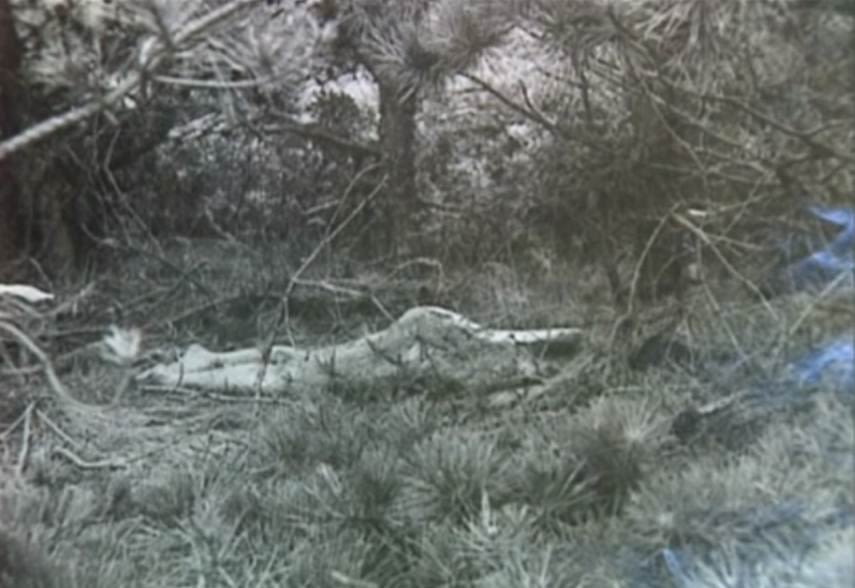
The Lady of the Dunes was a case of a young lady that was found in 1974, with hands missing and her head been almost completely decapitated from her body. Her skull had also been crushed on the left side. She had had teeth removed too, all presumably by the killer. Her body had also shown signs to have been sexually assaulted with a block of wood. The body was exhumed twice, once in 1980 and again in 2000. This is another case that has been adopted into The Doe Networks database prior to 2010 making it one of their old and longest open cases.
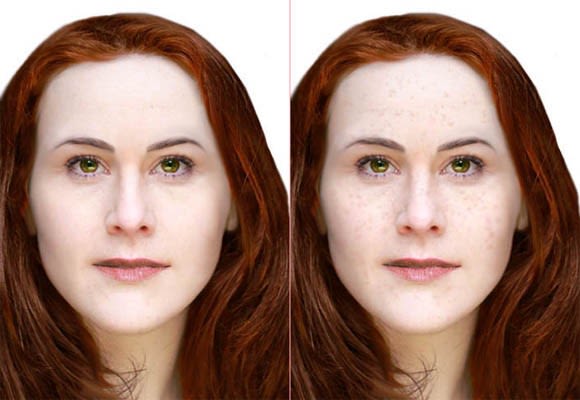
Reconstructed image of The Lady in the Dunes that piqued Halber's interest
Reconstructed image of The Lady in the Dunes that piqued Halber's interest
Compared to Reclaim Headingley Stadium Alleyway and the Grateful Doe, this investigation was moved and instigated online by Massachusetts police, showing that they are taking one out of the Internet sleuths’ books and it shows that the discrimination once aimed at them is starting to dwindle. It has currently (as of 2020) not been solved. However, it took law enforcers much longer to take action online and fully optimise the use of available technology.
Internet sleuths will be people who know the ins and outs of social media and use it as a tool to their advantage. They would know of the best times and places in which to create a community and post information about a case. While Facebook, Twitter and Reddit are the more commonly known and more popular media, but as seen with the ‘Grateful Doe’ case the lead needed was found on a more abstract platform, Phantasy Tour.
But despite police and courts now adopting the usage of social media on cases, they don’t have the same knowledge as sleuths and are playing a game of technological ‘catch up’. In 2014 LexisNexis surveyed that only 9% of law enforcement had received formal training on how to use social media for investigations, as well as 16% refusing to use it due to a lack of knowledge. However, 86% actively use social media 2-3 times a month for investigations, which shows that only a small percentage of the police using socials don’t fully understand it. Once again this creates a barrier for the police doing their job and keeping up with the ever-advancing technology can be a task. So, would it be better for the police to just let cases be posted and looked into by sleuths?
Problems with Internet Sleuths
How does having evidence gathered and collected from online groups affect the legality in court? Does it influence the evidence in court?
When cases have been in unconventional ways, through the ordinary person that decided to peruse the case this can be seen and lead to vigilantism. This creates conflict as police do not want nor need individuals getting their own justice. Their biggest fear is having untrained individuals hindering their cases or tampering with information already gathered. But if people are going this far then the belief in the police is lacking as citizens feel the need to protect themselves or others.
While it is not illegal for normal individuals to look into cases and solve them. Their work can often go undermined as it can be seen as diminishing the integrity of the court process. There have been numerous times where internet sleuths have been wrong, so while they may be good at documenting cases, it is argued that solving the case should be left to the professionals to not only preserve integrity but to also avoid misidentifying and/or accusing the wrong person.
When a person is misidentified by online groups it can cause dangerous and threatening problems for the one who was falsely accused. With the police, it can stay between detectives and officers while they check out the lead. Online, however, it is all out in the open. The person's name, address, pictures. Exposing this person. This can lead to attacks on the individual as their privacy and safety has been blown away.
You may hear more from me in time as I reflect on this experience. For now I will say this. We must align in the fight for justice and equality - but not at the cost of due process and the right to privacy and safety. Let’s use Twitter to amplify the positive wave. @pweinberg
— Peter Weinberg (@pweinberg) June 6, 2020
In 2020, Peter Weinberg was a victim of misidentification. He was accused as been the man that had injured a young child that had been purposely knocked down and hurt by a cyclist while sticking up a poster of George Floyd. Sleuths had attached Weinberg’s identity to the cyclist through STRAVA as they saw it as him taking a bicycle ride during the time of the attack, however, the actual data shows him taking a walk. Weinberg’s address and name had been released, which led to abusive online comments referring to him being a racist. People online had started to destroy his life.
Despite many of the individuals that had sent threats apologising, they can not go back and fix their mistakes of wrongly accusing an individual of a crime they did not commit. That label will continue to stay with a person for a long time.
Weinberg is not the only case like this but is a prominent example as to why sleuths receive such negativity from the justice system and law enforcers. A similar case is when sleuths took to Reddit to try to find the ones behind the Boston bombings. Making the smallest mistake can lead to devastating effects on people’s livelihoods.
Sometimes the idea of being credited for solving a long ongoing case can blind the sleuths and make then commit to rushed and incorrect decisions and this can lead to the mistakes that can consequential or just too much relevant data being sent to law enforcers. While officers can make similar mistakes due to rushed deadlines, they are less common that internet sleuths who have not got a set deadline.
Sleuths have been proven useful and successful in the completion of mainly missing person cases, but if the police worked alongside the sleuths professionally then cases could be solved in a more effective and quicker way. Having some investigators working with them can lower the chances of mistakes been made by the groups and increase the integrity of the evidence within the court, swinging the court's favour to using online gathered evidence into a positive light. It's hard to say now whether the police will fully continue to use the internet as a tool but hopefully, both sides can use each other to their advantage.
